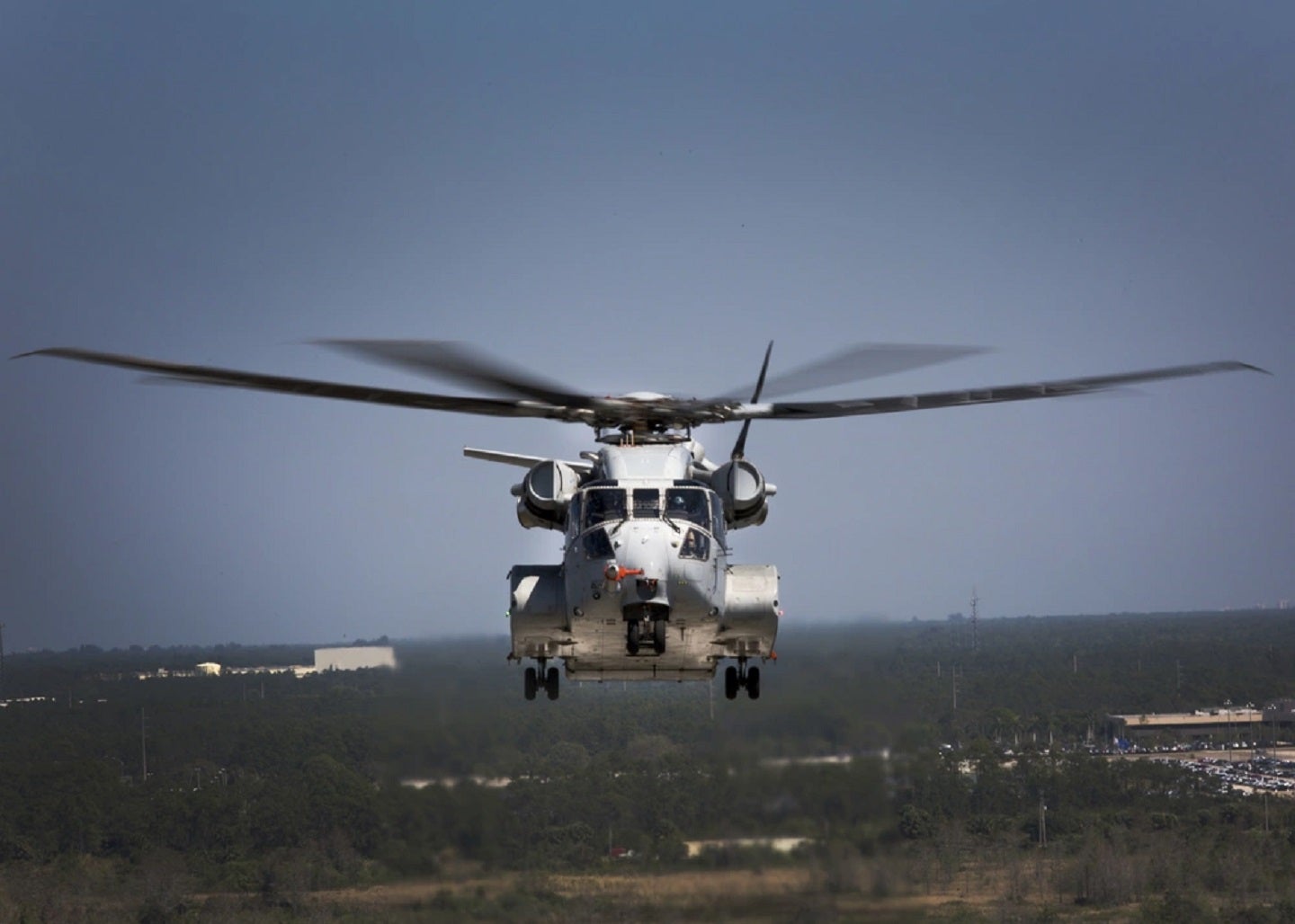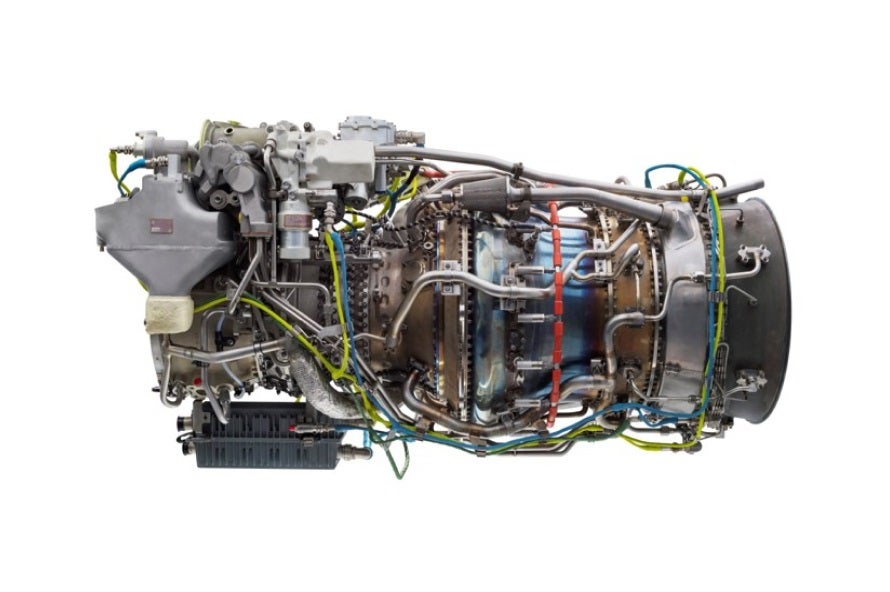
The US Department of Defense (DoD) and the Israeli government plan to procure 169 units of the latest General Electric T408 turboshaft engine in support of both forces’ CH-53K ‘King Stallion’ rotorcraft fleet.
The contract was awarded to General Electric Aviation, a General Electric subsidiary, with a value of $683.7m on 26 April 2023.
The T408 engines will be incrementally produced, accounting for ongoing upgrades and developments, in three continued lots. The contract will include 65 engines in Lot 8 (54: USN, 11: government of Israel); 51 engines in Lot 7 (39: USN, 12: Israel); and 53 in Lot 6 (36: USN, 17: Israel).
Additionally, the contract provides associated engine, programmatic, and logistics support, as well as cost reduction initiatives. Work will be performed in Lynn, Massachusetts, and is expected to be completed in June 2027.
The contract is financed by the 2023 aircraft procurement (Navy) funds in the amount of $172.9m; 2022 aircraft procurement (Navy) funds in the amount of $162.2m; 2021 aircraft procurement funds in the amount of $11.6m; and Foreign Military Sales customer funds in the amount of $153.7m, which will all be obligated at the time of award, $11.6m of which will expire at the end of the current fiscal year.
Cost-efficiency meets power capacity
According to the leading intelligence firm GlobalData, Israel’s spending on the CH-53K rotorcraft is expected to grow from $203m to $348m between 2023-33, at a compound annual growth rate (CAGR) of 5.6%.
Similarly, US spending is expected to grow from $2bn to $2.9bn in the same period, registering a CAGR of 3.98% with a decline in spending between 2026-28.
The contract was not competitively procured owing to the cost-efficiency and increased power capacity of the T408 engine. These two useful features of the rotorcraft engine go a long way to bringing cost-efficiency and capability together.
This is a practical combination that makes the contract a reliable investment considering the mild growth in spending that GlobalData expects to see from the US on this platform during the next decade.
The benefits of the T408 engine

According to General Electric Aviation, the T408 engine provides considerable performance improvements as the latest and most advanced vairant of its previous CH-53K engines.
To date, the company claims that the T408 has logged more than 11,000 hours of ground and flight test in support of a variety of DoD programmes. This testifies to the decision to procure the engine, which has a reliable historical use-case.
The T408 is said to have 57% more power than its predecessors. A considerable amount of power capacity, and a much-needed asset considering USN operations are expected to be conducted across the vast expanse of the Indo-pacific in the near future.
In fact, Lockheed Martin have similarly identified this, having custom-built its latest Future Attack Reconnaissance Aircraft prototype, the Raider X, to operate in this challenging maritime environment.
Additionally, the T408 boasts that its turboshaft engine comprises 63% fewer parts. This would give the DoD and the Israeli government ample room to save money as there is much less to repair, replace and sustain.




